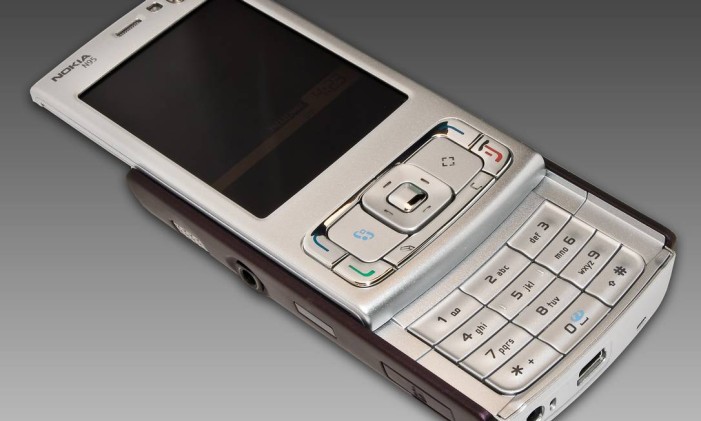On 3 March 2025, TDF and Kantar released a joint study heralding 5G Broadcast as “
a revolution for television on the move,” with over half of surveyed viewers ready to watch linear TV on their smartphones without eating into data caps. Yet, long before 5G Broadcast or even widespread mobile streaming, Europe’s first mobile broadcast TV service quietly blazed the trail: DVB‑H.
DVB‑H: A Future Realized Too Early
Digital Video Broadcasting – Handheld (DVB‑H) leveraged existing DVB‑T transmitters and a “time‑slicing” mechanism to deliver ten live TV channels straight to compatible handsets with minimal battery drain. Though it offered the same one‑to‑many efficiency and low latency we celebrate in 5G Broadcast today, the surrounding market lagged: handset support was scarce, screens were small, and on‑the‑go video consumption was nascent.
This rollout unfolded less than a year after the original iPhone hit U.S. stores on 29 June 2007—an era when Nokia engineers were still quipping about its lack of MMS, unaware of the impending shift toward app‑centric video use.
Commercial Timeline in the Netherlands
- Launch (29 May 2008): KPN became Europe’s first operator to deploy nationwide DVB‑H, branded “MobielTV,” streaming ten channels to early adopters.
- Shutdown (1 June 2011): After sluggish subscriber growth and few new DVB‑H handsets, KPN ended MobielTV—announced on 30 March 2011—marking the close of the first mobile‑broadcast chapter.
My Role in the DVB‑H Deployment
I was subcontracted by a partner of Nokia Siemens Networks and billed out at
€1 200 per day—a rate that underscores the substantial R&D budgets behind early mobile‑broadcast experiments. My sole responsibility was related to
transcoding: encoding and packaging the ten live feeds into DVB‑H format for broadcast.
Side note: I was the only overseas consultant commuting by train between workplace, Hilversum and Utrecht—a detail often cited in today’s “broadcast is greener” debates.
Financial Ecosystem & Streaming’s Early Boost
That daily rate wasn’t vanity—it illustrated how operators like Nokia Siemens and KPN poured serious capital into mobile broadcast R&D, even though handset‑based video consumption remained marginal. By offloading live‑TV distribution from unicast data networks onto broadcast infrastructure, DVB‑H demonstrated a low‑cost, high‑capacity delivery model years before 4G video apps proliferated.
Multicast vs. Broadcast: An Uneasy Landscape
Today, operators often deploy multicast‑ABR solutions (e.g., Broadpeak’s nanoCDN) within their IPTV cores—combining network‑core multicast with edge unicast delivery. Yet despite these multicast deployments, many IWANs and CDNs still default to pure unicast for peak‑event traffic—an approach that, from a pure‑efficiency standpoint, seems to reject broadcast’s greatest strength.
KPN’s DVB‑H “MobielTV” may have concluded in mid‑2011, but its legacy endures. It proved the business case for one‑to‑many mobile video, shaped early device ecosystems, and showed how substantial broadcast R&D budgets could accelerate on‑the‑go streaming. As 5G Broadcast prepares to enter the mainstream, those lessons in transcoding, network planning and cost‑efficient distribution remain more relevant than ever—reminding us that sometimes the future arrives too early, only to return in a more mature form.
Special thanks to Michel N. and John D. for welcoming me in the bunker and its surroundings throughout this project.
Need Help With Your Streaming Project?
This article was written by experienced professionals available through iReplay.tv. Whether you need expertise in video streaming, encoding, or platform development—our network of specialists can bring your project to life.
Hire a Professional →
